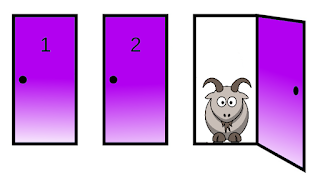The Wedding Anniversary Puzzle
Recently I attended the twelfth wedding anniversary celebrations of my
good friends Mohini and Jayant. Beaming with pride Jayant looked at his
wife and commented, ‘At the time we were married Mohini was 3/4 of my
age, but now she is only 5/6 th.
We began to wonder how old the couple must have been each at the time of their marriage!
Can you figure it out?
Know their ages!
We began to wonder how old the couple must have been each at the time of their marriage!
Can you figure it out?
Know their ages!






